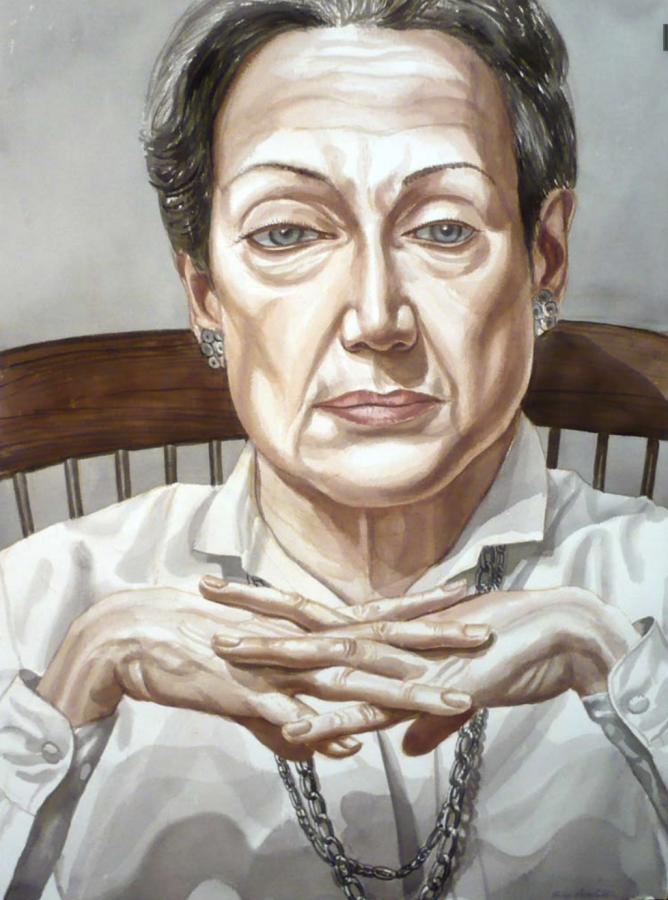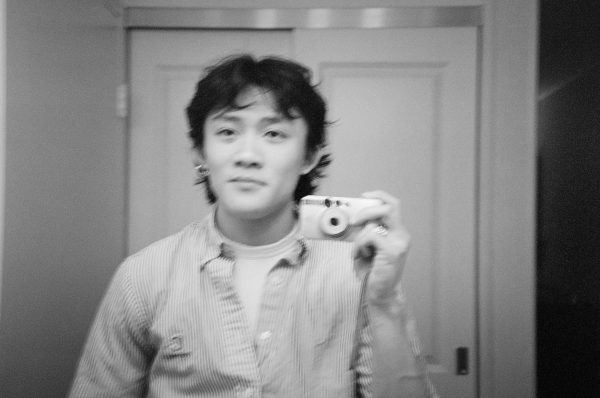Influential NYC arts journalist Grace Glueck dies at 96
October 13, 2022
Very rarely does a person describe art with such preservation, one whose words lack the typical patina that a lesser journalist possesses. Grace Glueck, an Arts Journalist for The New York Times (NYT), died on Oct. 8 at the age of 96. Glueck was a native New Yorker born on July 24, 1926. Growing up in Rockville Centre in Long Island, she was raised in the arts; her parents fostered a place for literature and writing emphasizing the utility of their local public library.
Later attending New York University, Class of 1948, Glueck was a writer for well over six decades and transformed the world of journalism as much as she did the world of art. She’s best known for her work at the NYT in 1951 where she performed clerical work, back when the possibility of a woman becoming a reporter was unheard of. However, Glueck persisted, climbing the corporate ladder until the Sunday editor, Lester Markel, assisted in cultivating her raw talent into the NYT column “Art People.”
“Art People” was a column that interviewed artists like Georgia O’Keeffe. Before Glueck, art journalism was not the most esteemed or sought-after outside of criticism. Glueck produced a way to find the narrative to coincide with art. However, where this column differed was the approach of analyzing the artist just as much as the art that was presented. She desired to find the story of the person that would instigate and provoke the artist to produce the art.
Typically assessing and interviewing the artists in their studios, she approached these artists with the intention of demystifying their popularity. Glueck’s analysis of the artists connected personal stories and anecdotes from the artists and drew meaningful conclusions from their art. Much of her work, mainly her preservation and honest description of art, developed into the status quo in the art journalism sphere.
In addition to her impact on the aesthetics of journalism, she set a major precedent within the structure of journalism. In 1974, Glueck and many other women employed by the NYT helped launch a class-action lawsuit accusing sex discrimination. This culminated in a court settlement resulting in more jobs for women across the ranks. In an article by the NYT themselves, it’s stated that “it was the most important sex-discrimination lawsuit in American journalism” by the Columbia University Director of Oral History Research, Mary Marshall Clark. Glueck paved a path for women who sought careers in journalism and helped legitimize arts columns at the same time.
Glueck wrote the books “Brooklyn: People and Places, Past and Present” and “New York: The Painted City” with her collaborator Paul Gardner. Glueck was a staple not only for the NYT but for all of journalism. She was a testament to devoted work as said by writer Andrew Russeth in a tweet saying that Glueck was an “inexhaustible arts writer who always seemed to be on the scene.” Glueck is a talent and trailblazer who repeatedly approached art with sensibility and earnestness.












